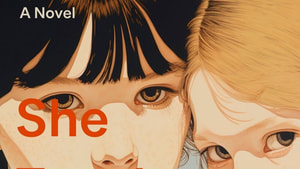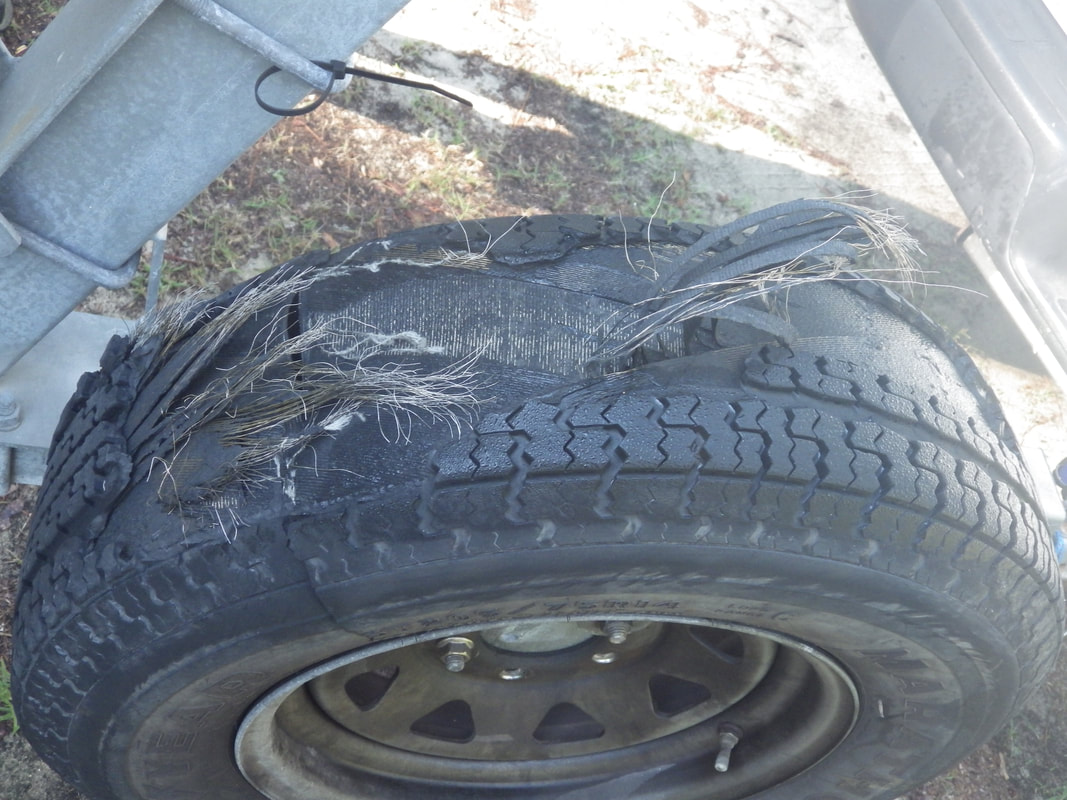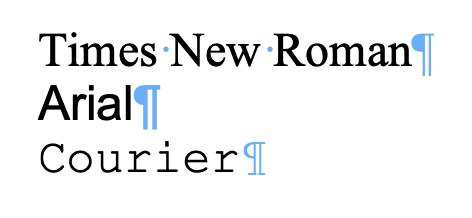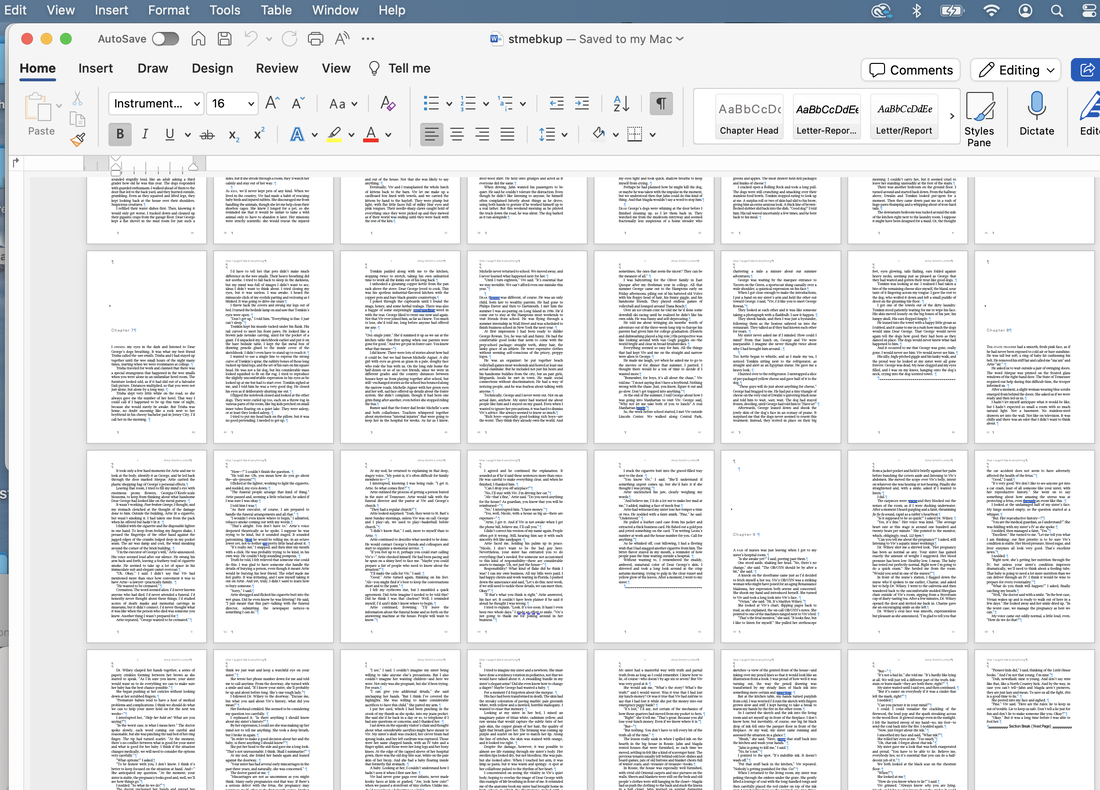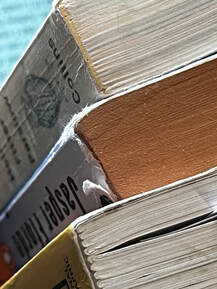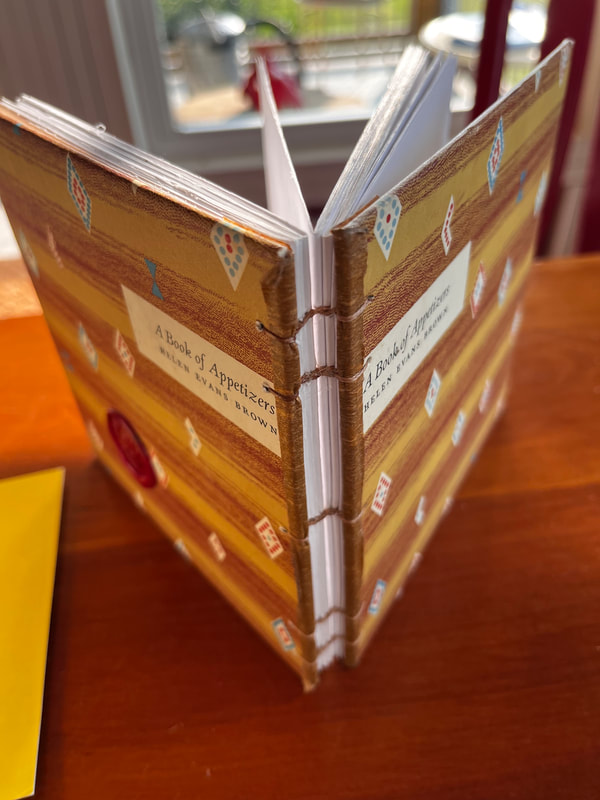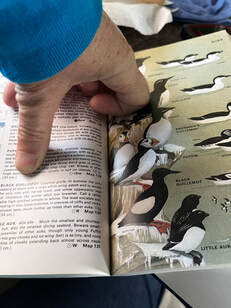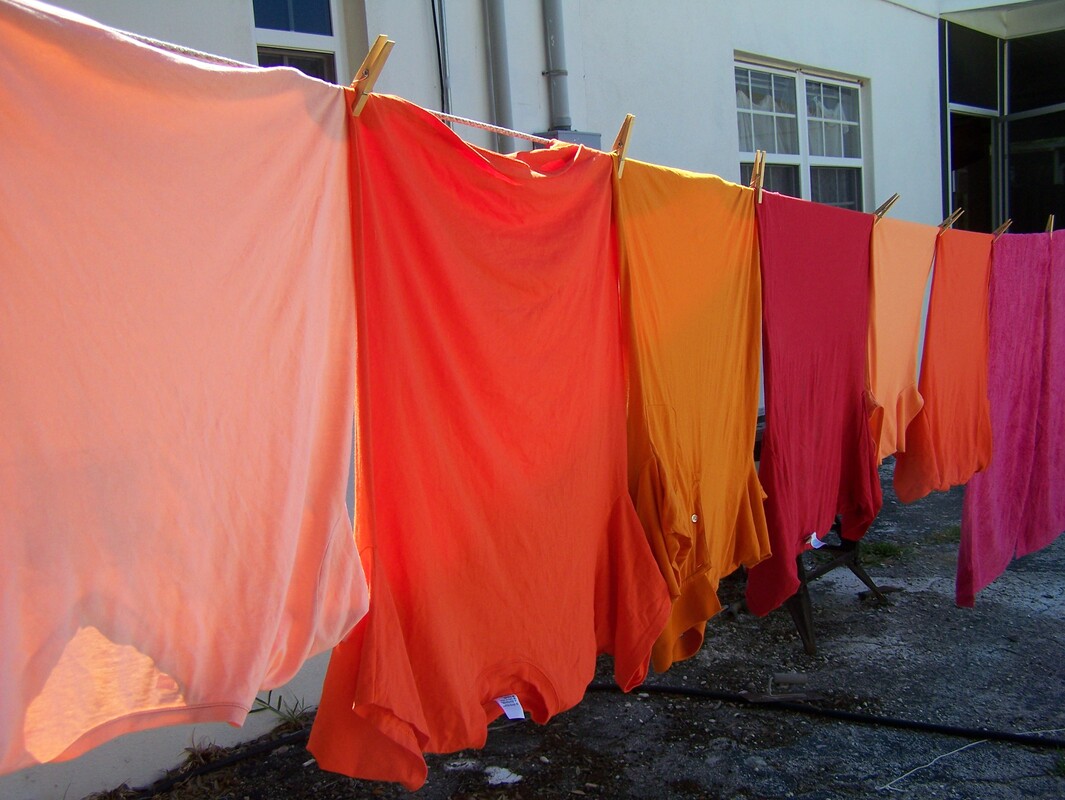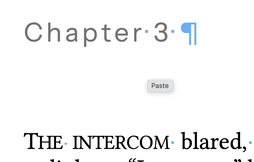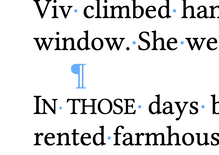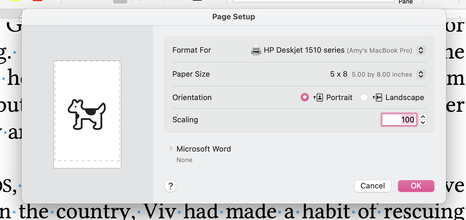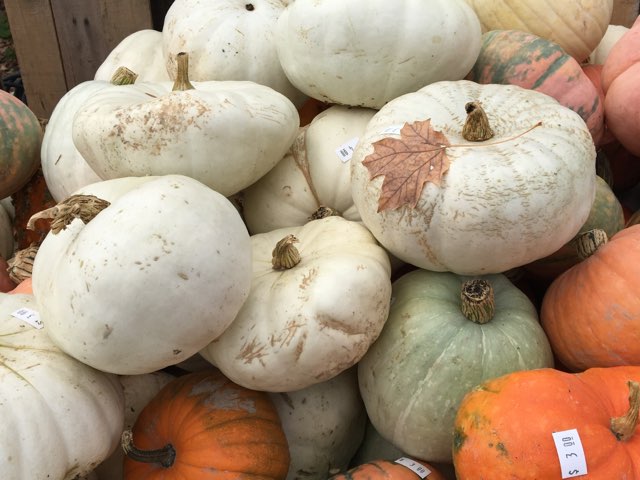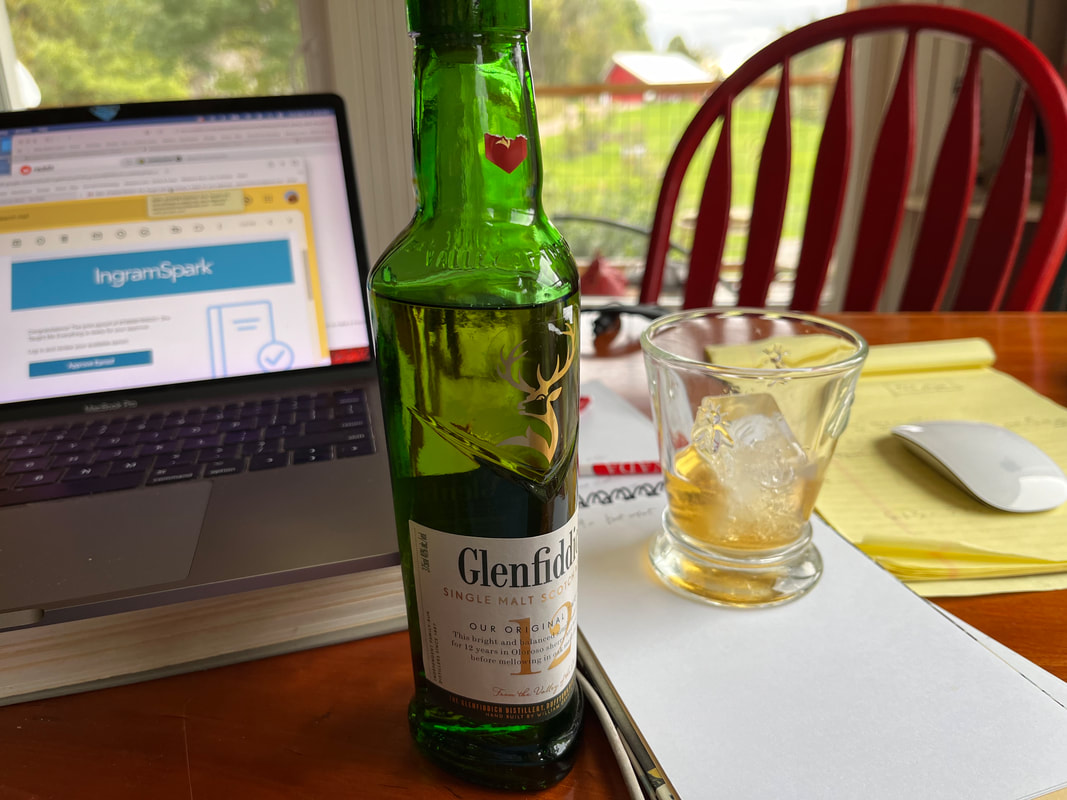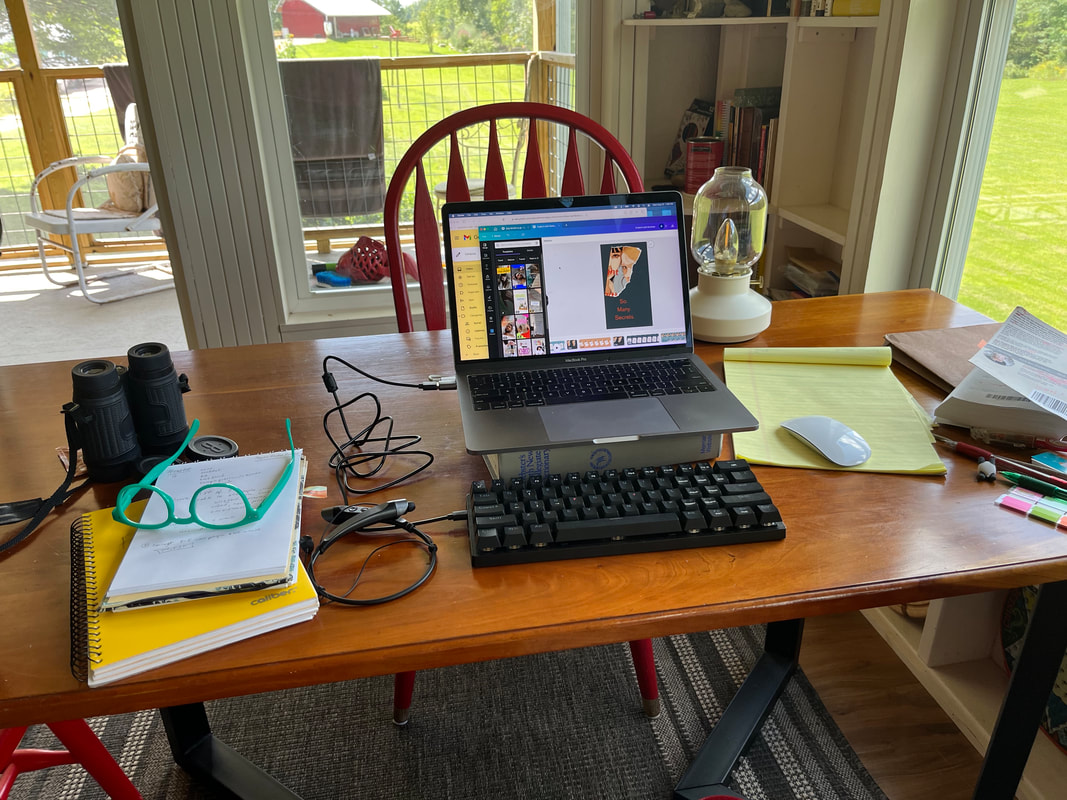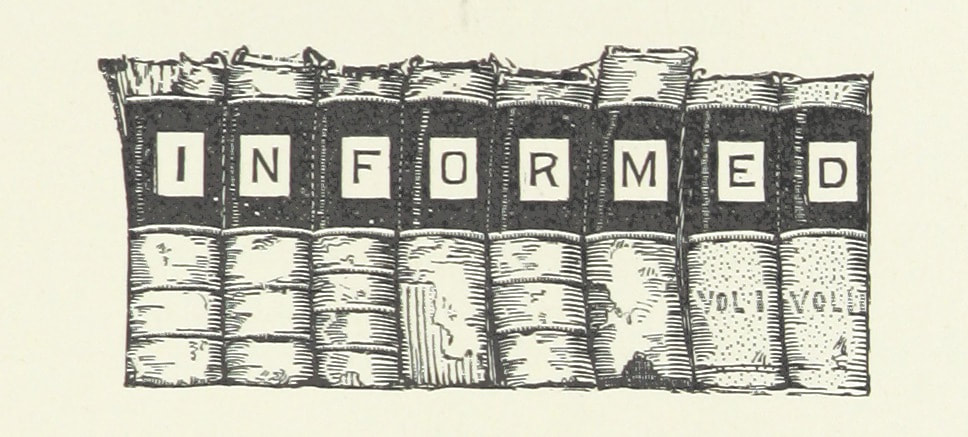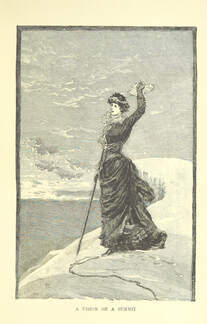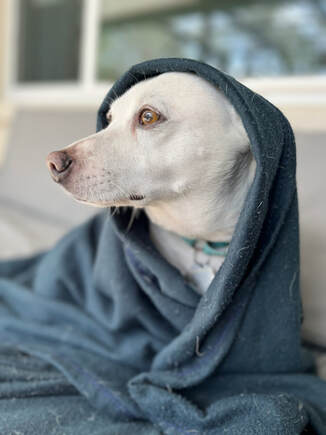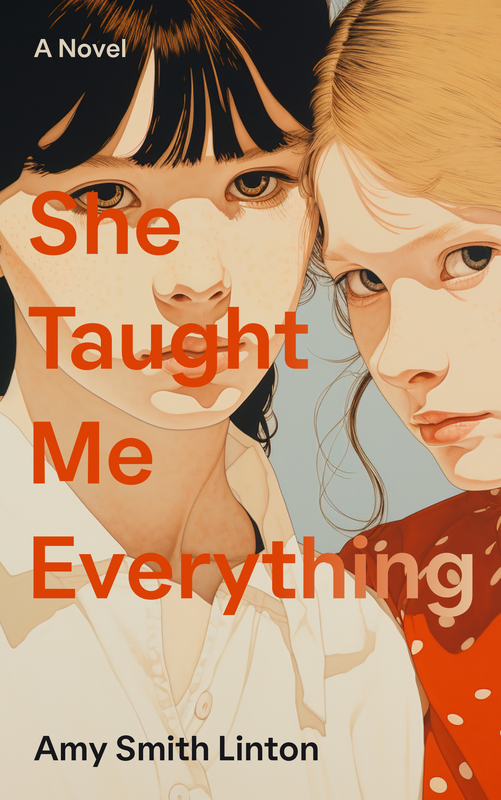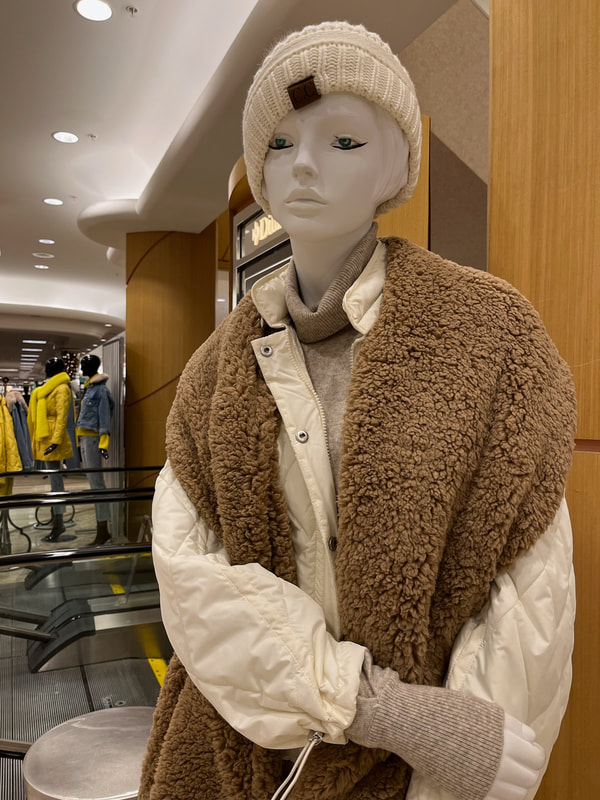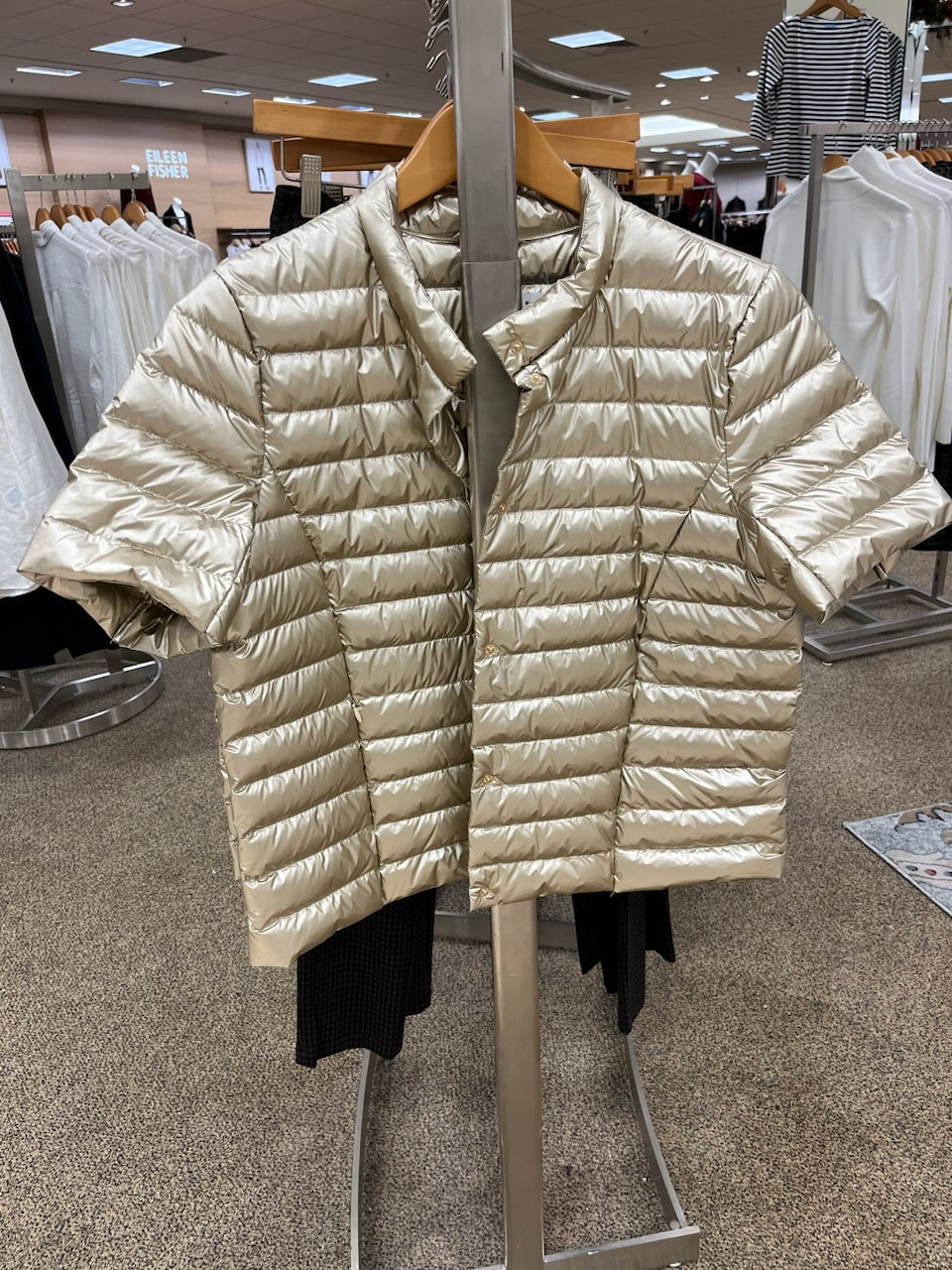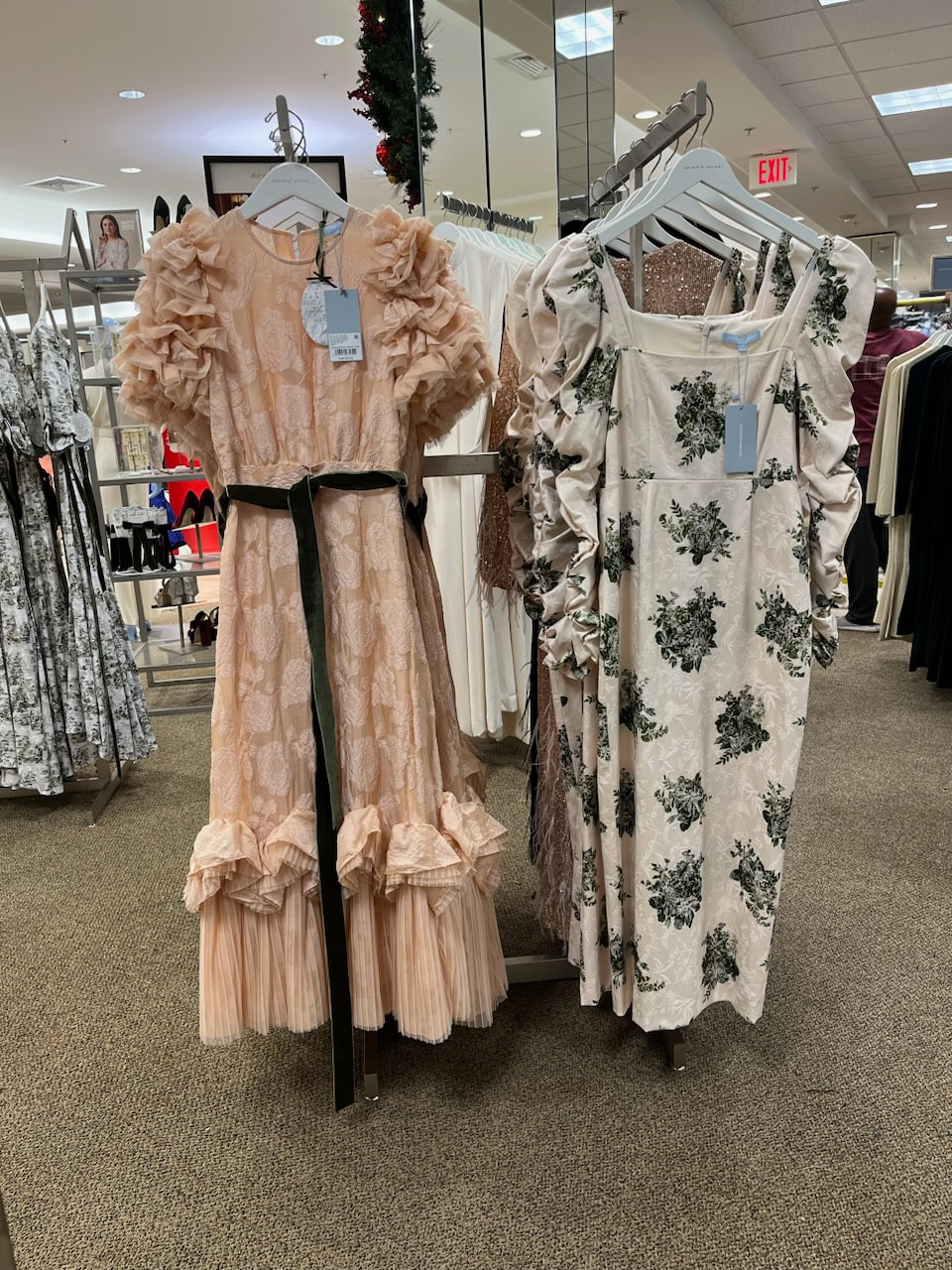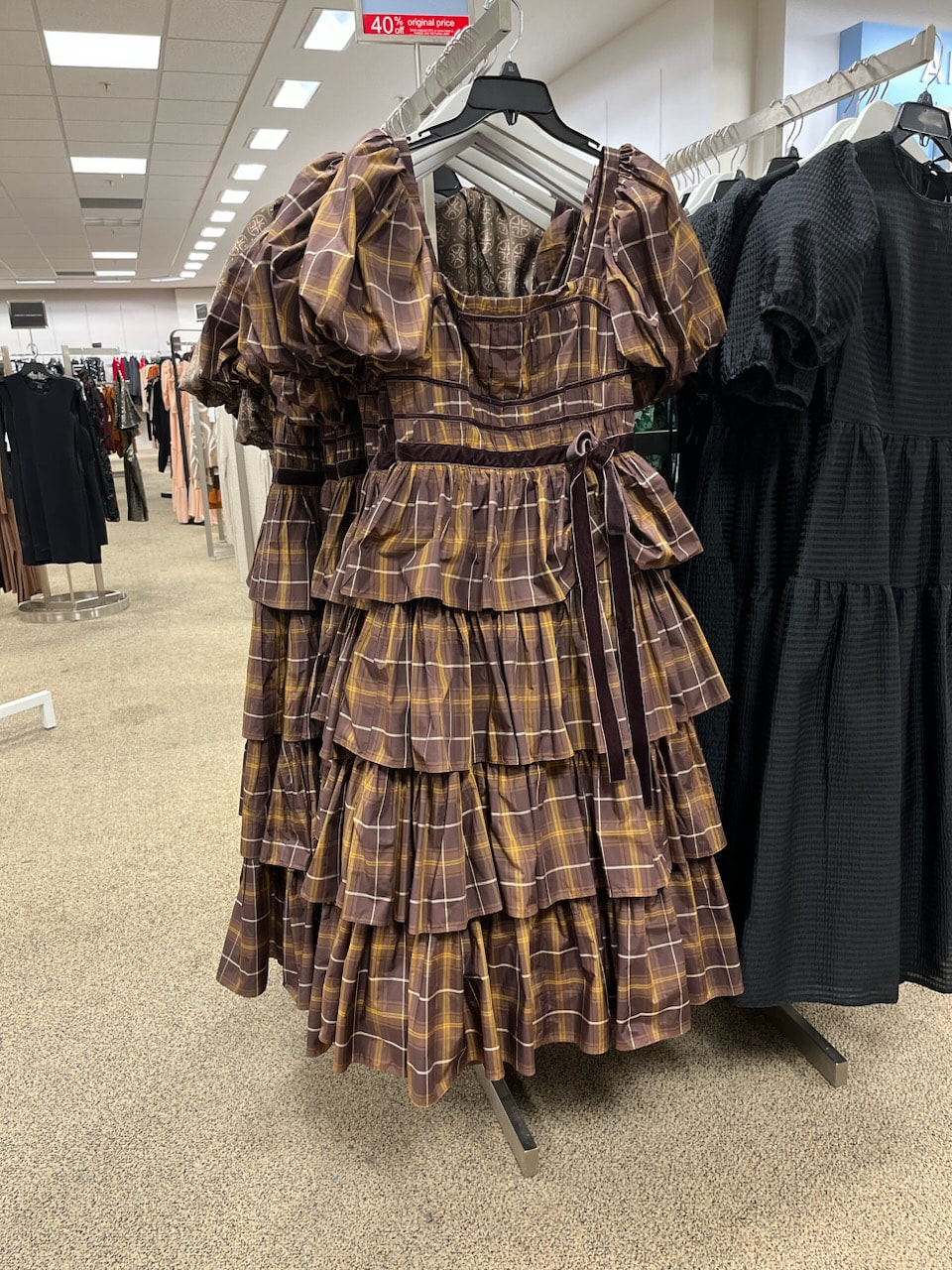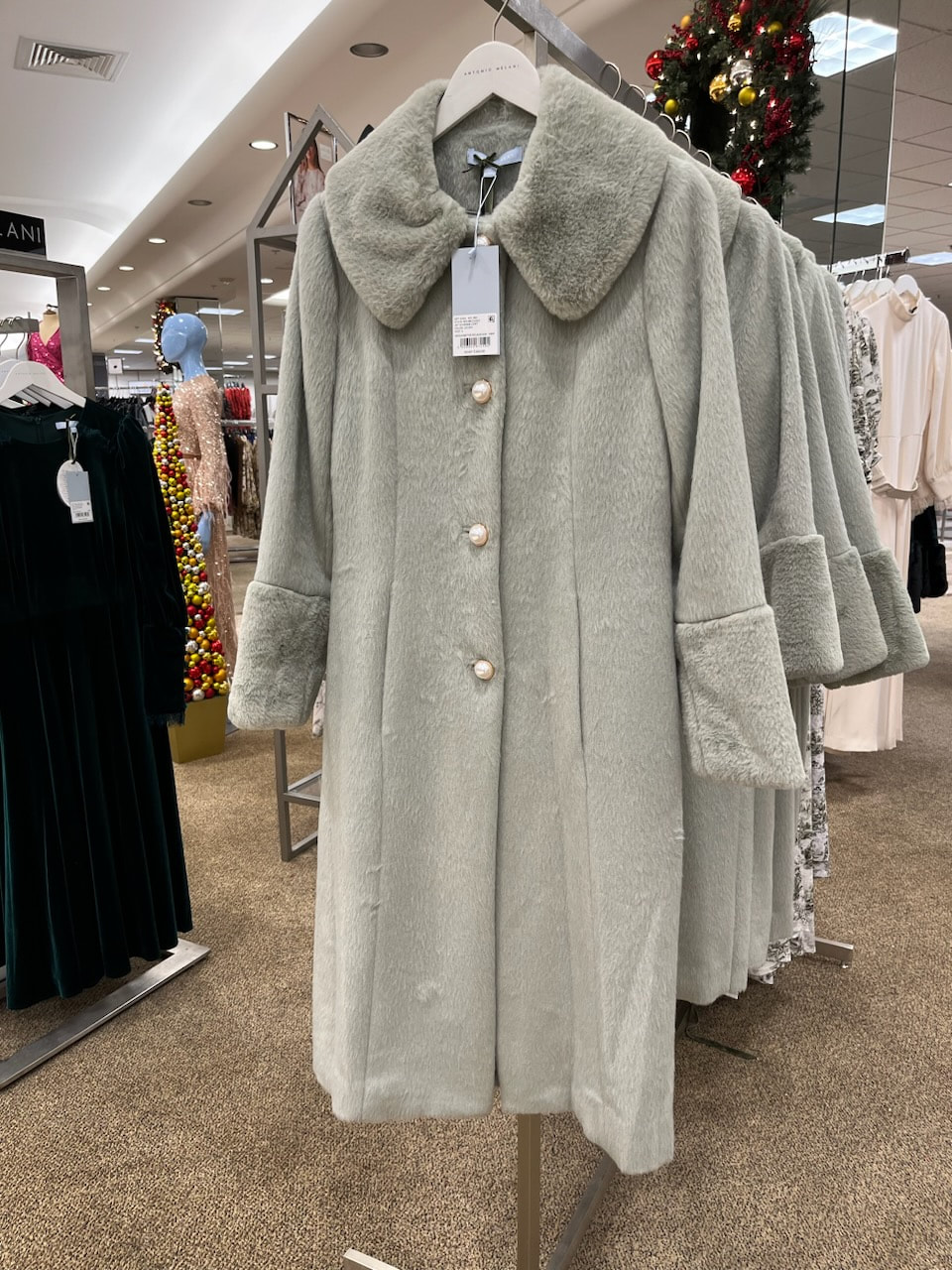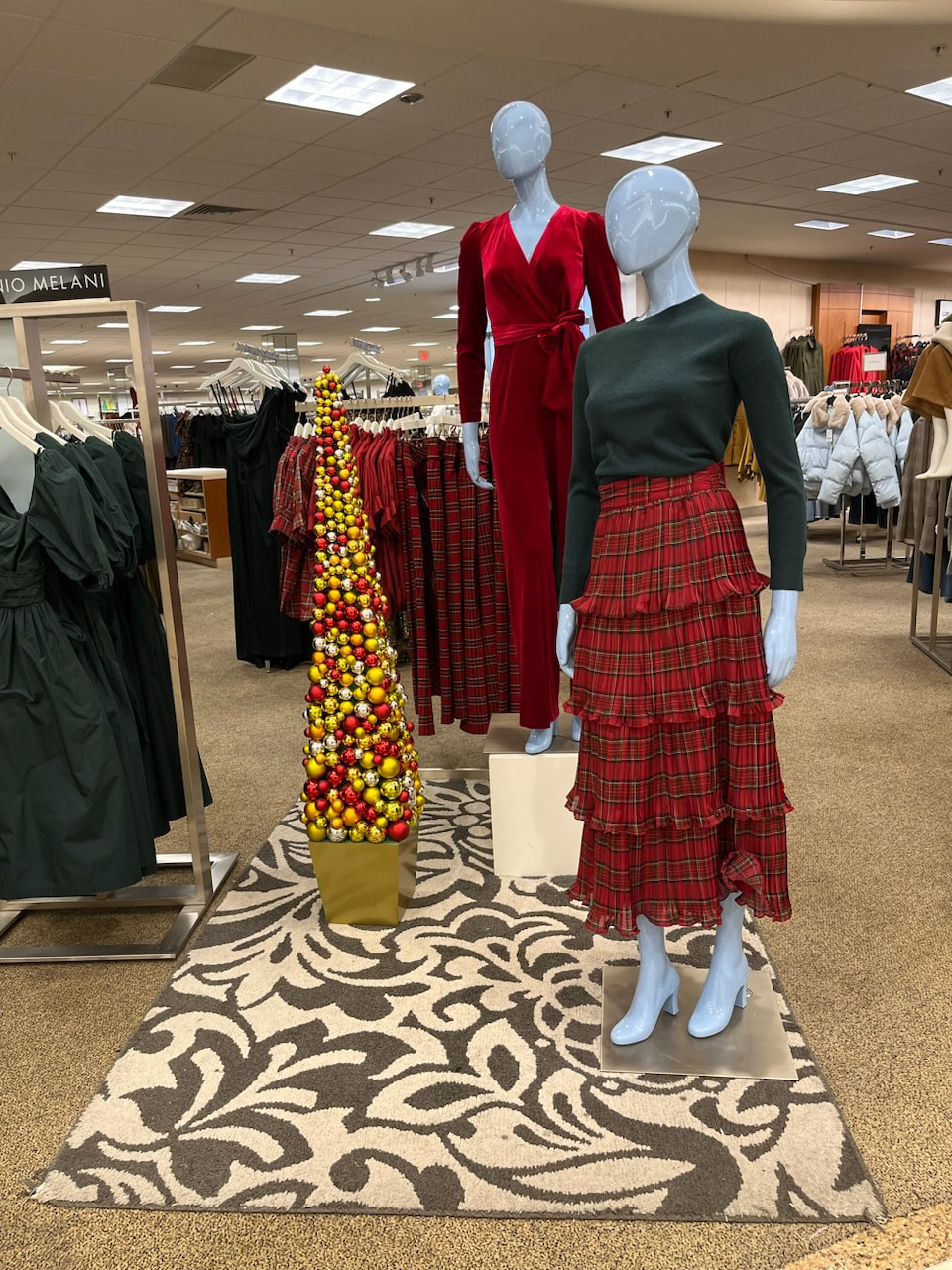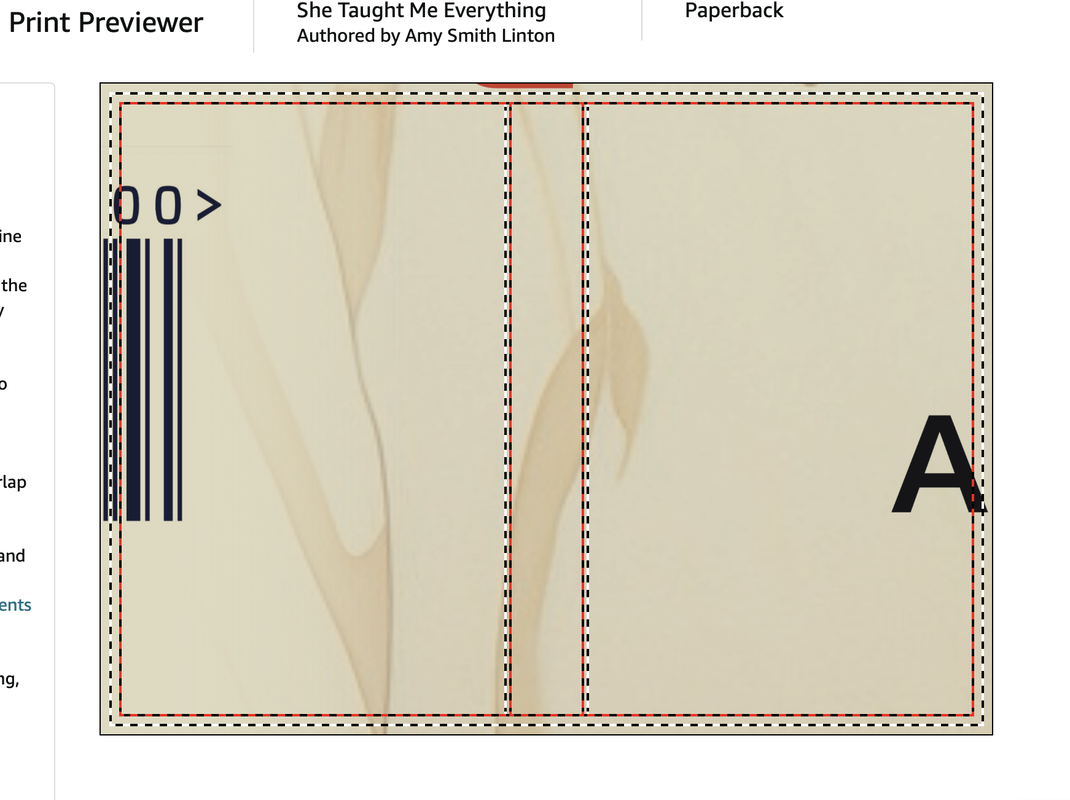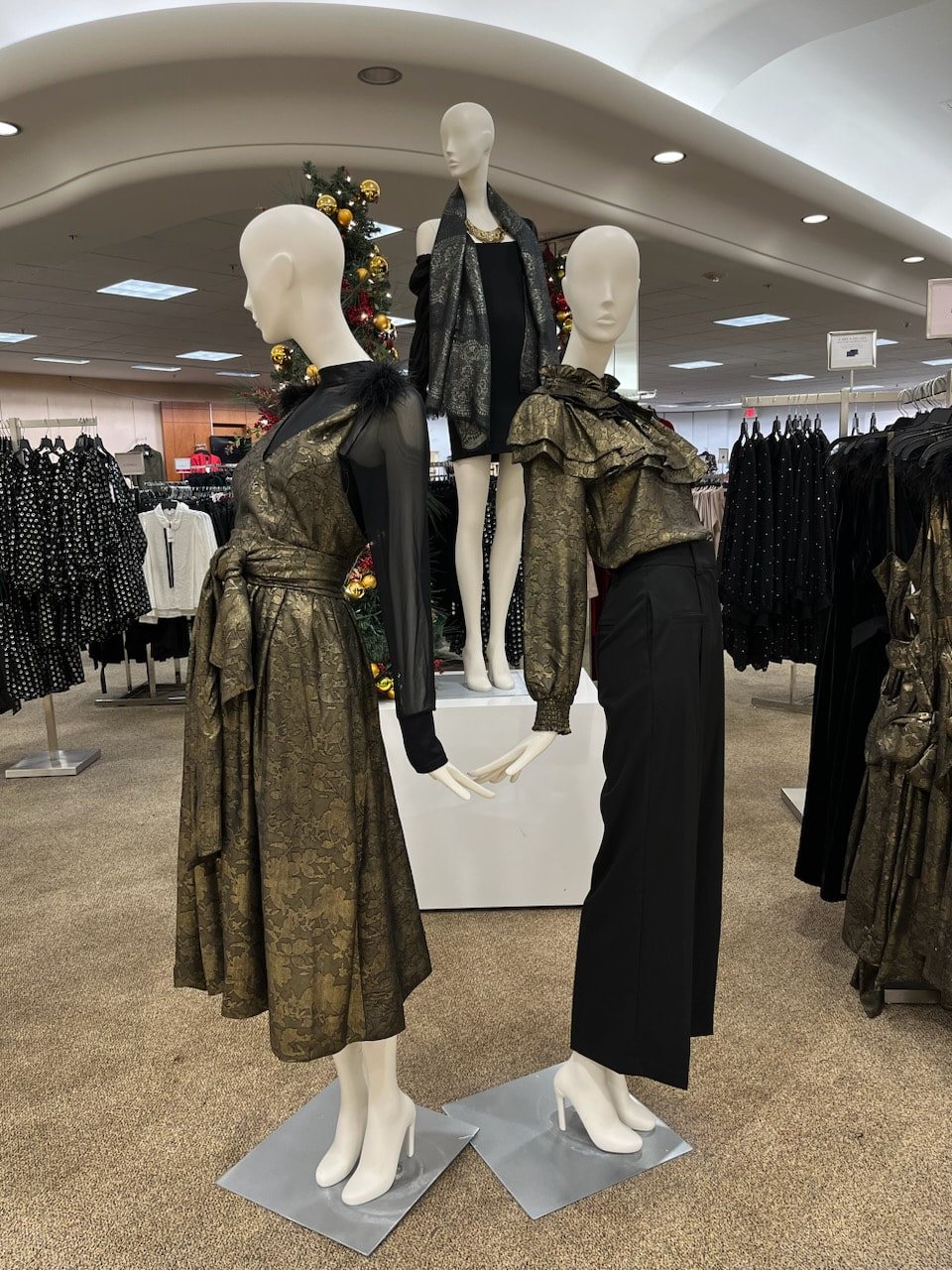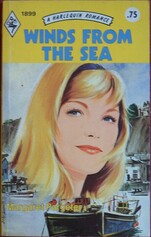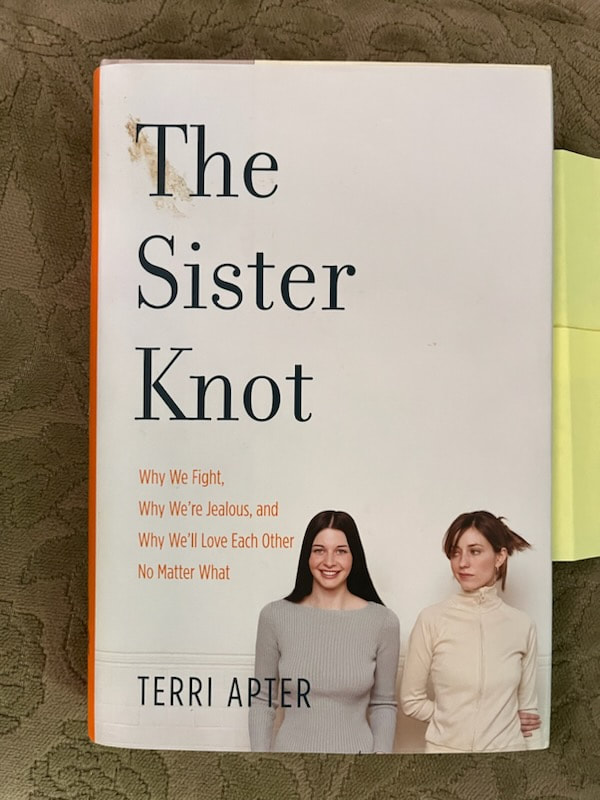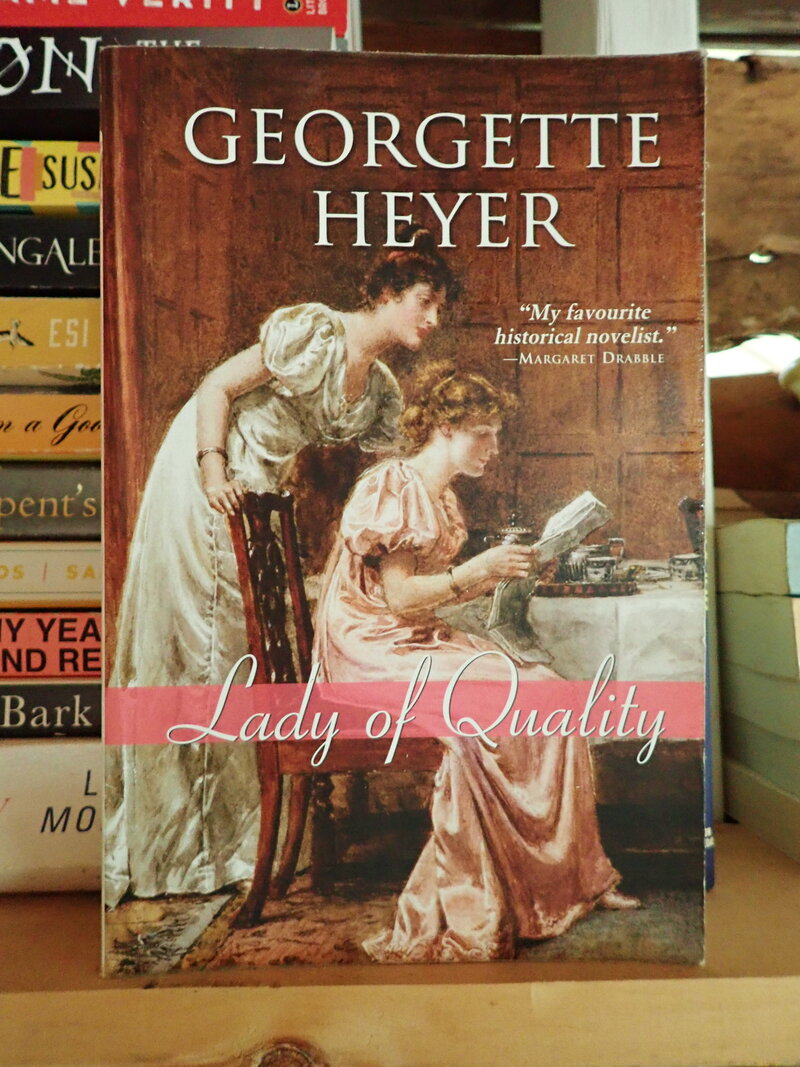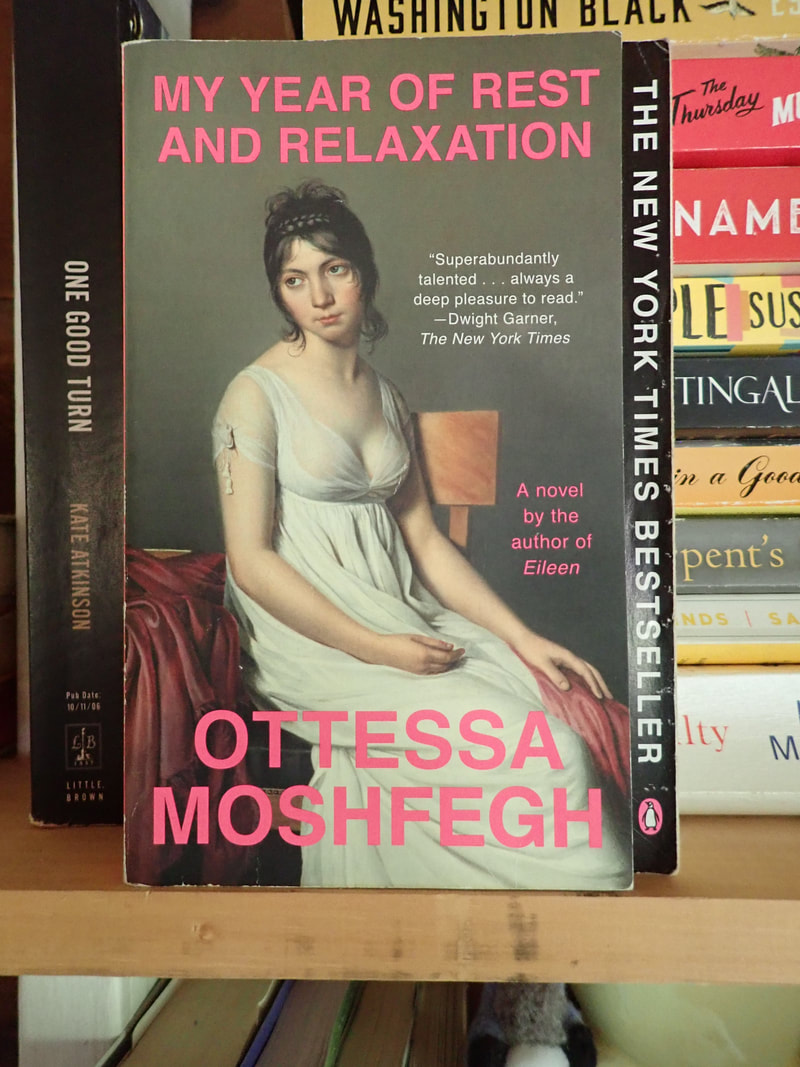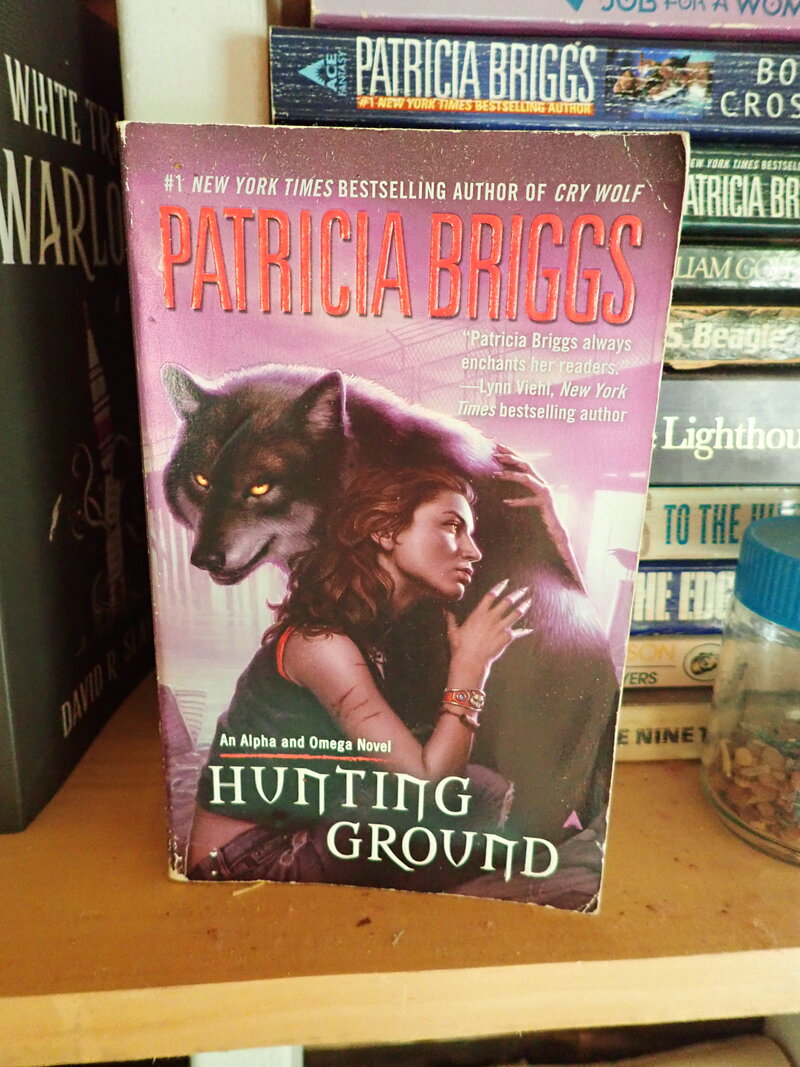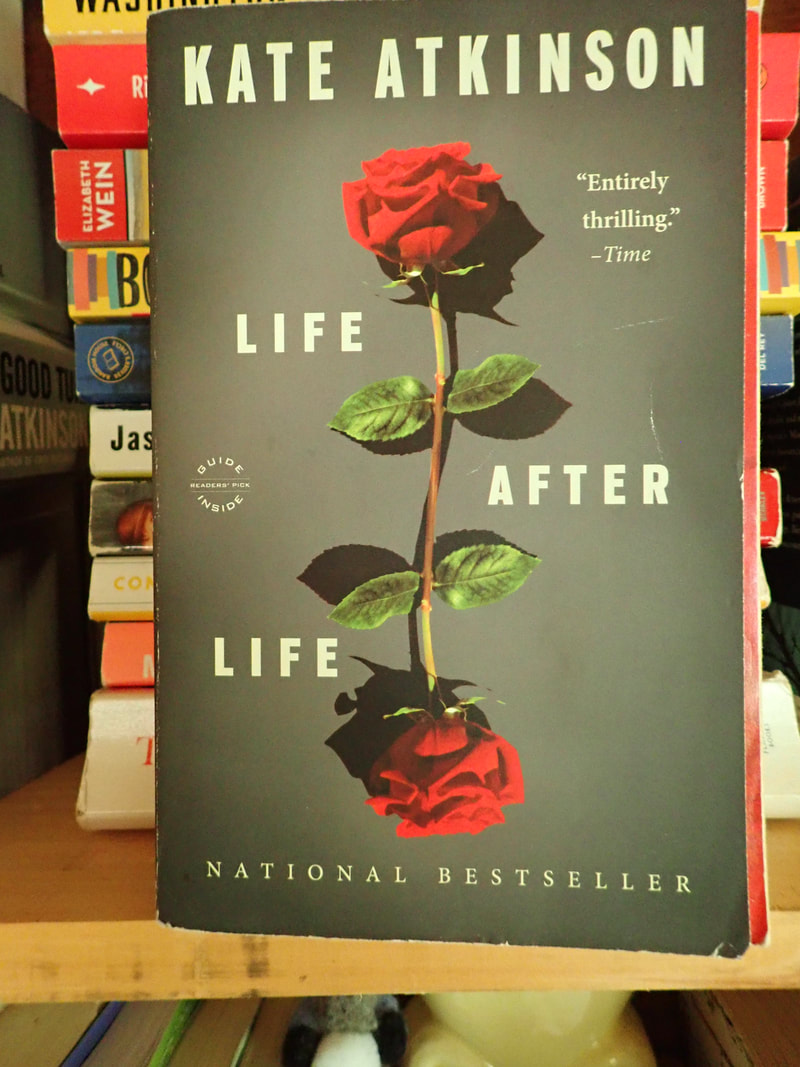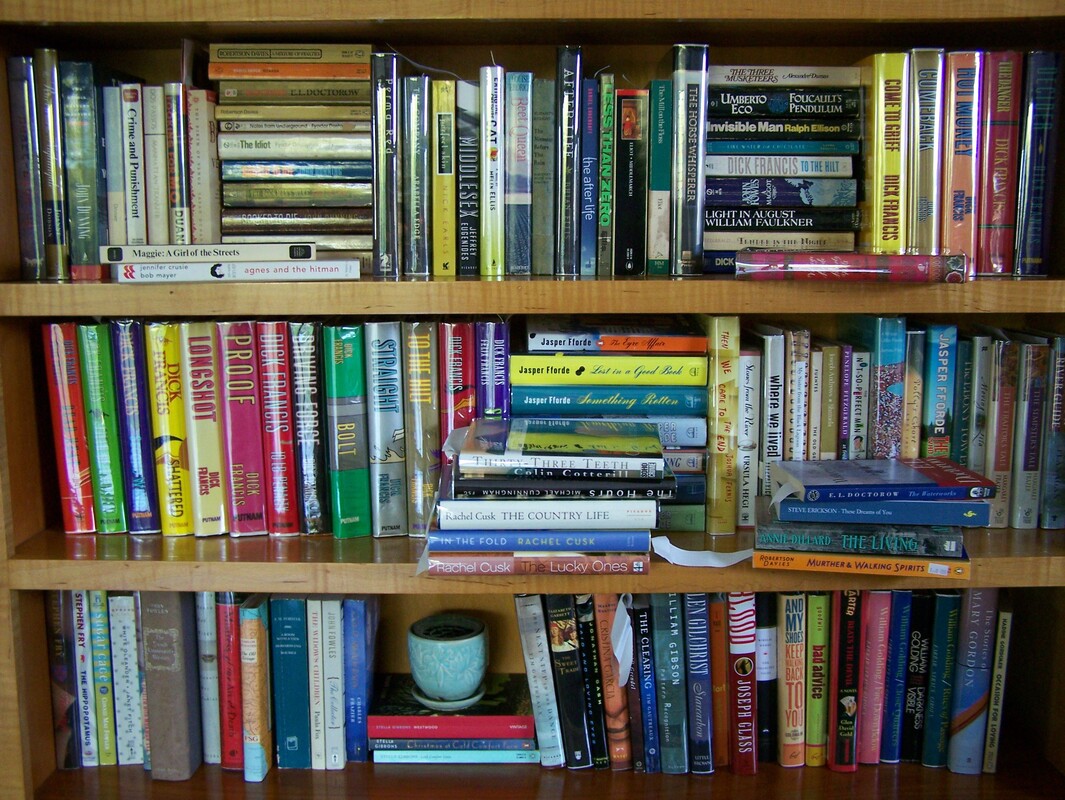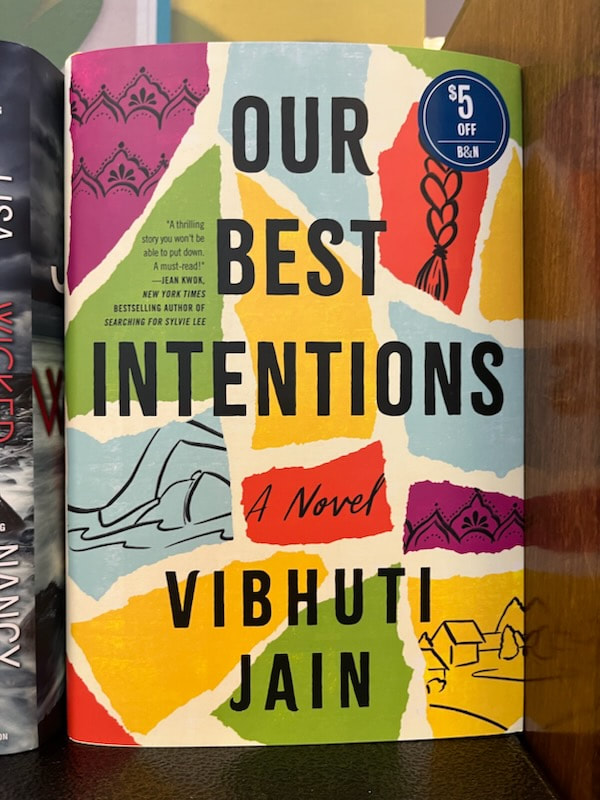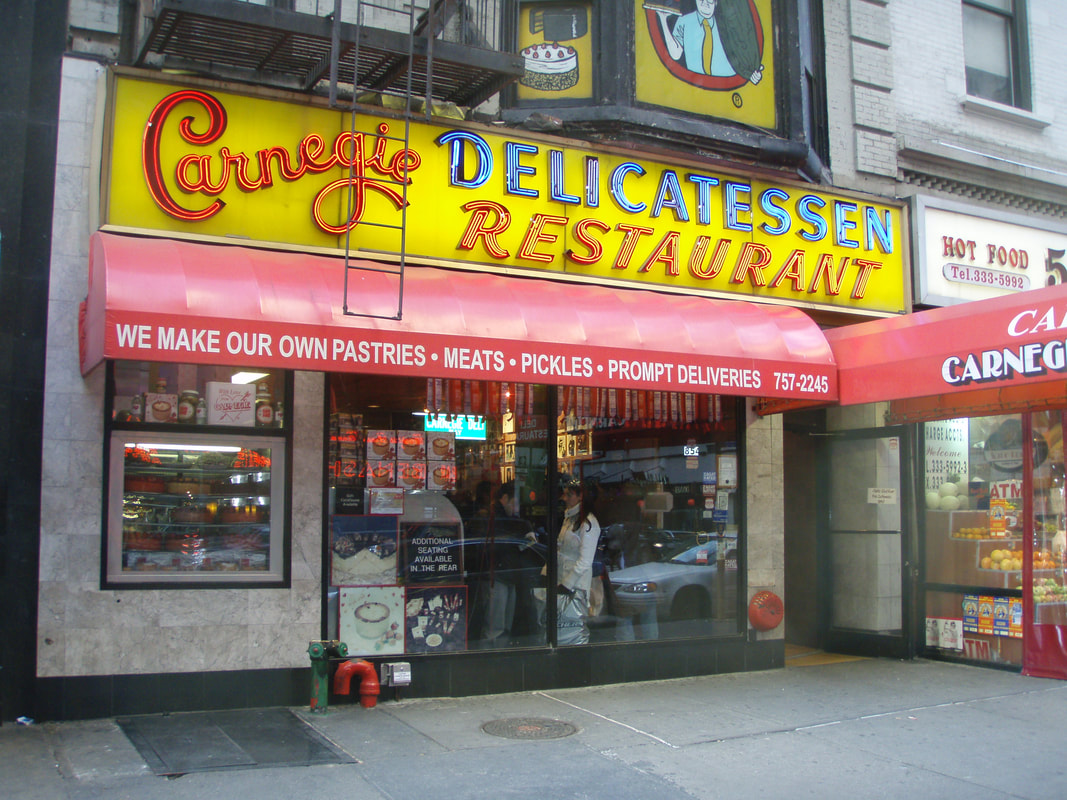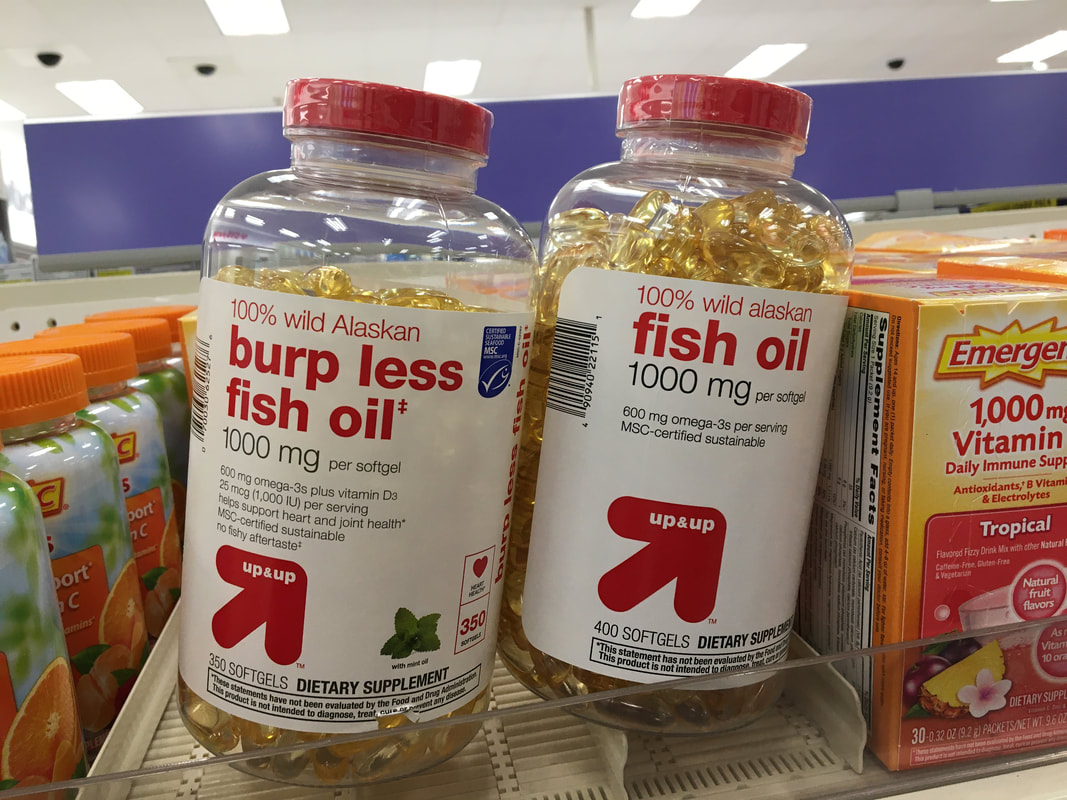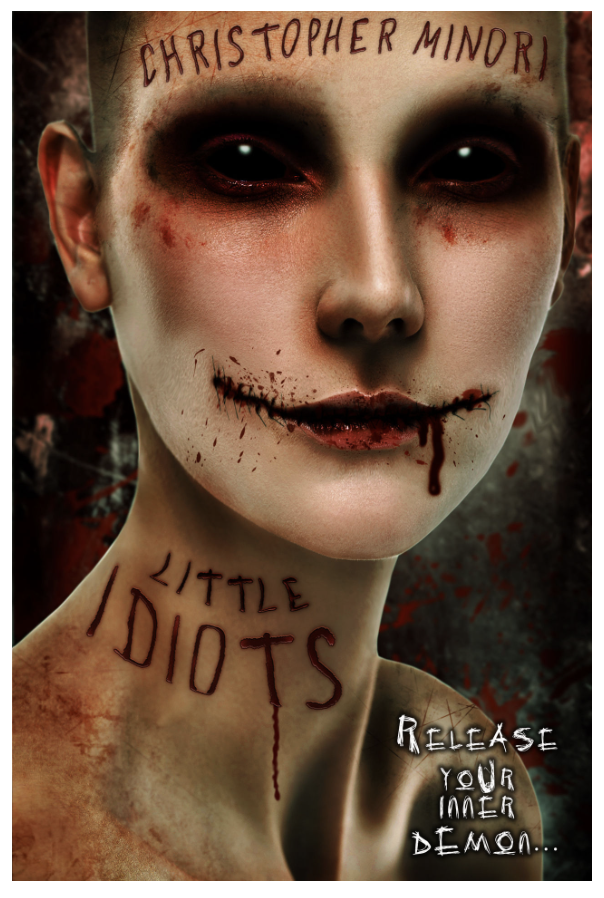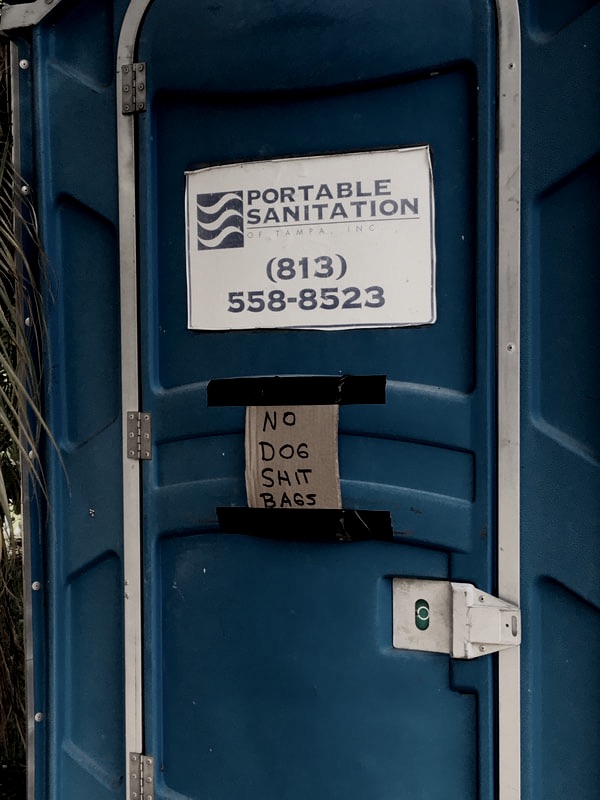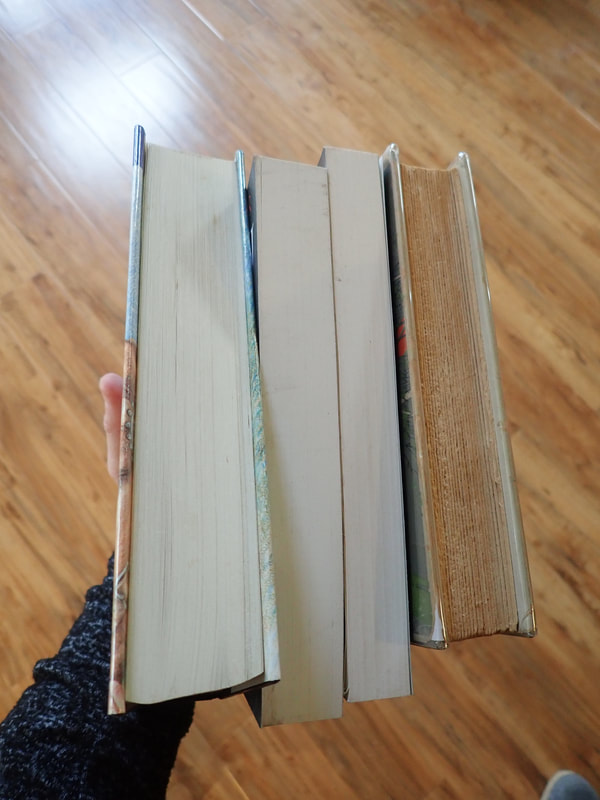|
"So, what was making you swear?" my sweet husband inquired. I gave him a level look and said, "Do you really want to hear about hard-returns, frame-anchors, or formatting?" After a considering pause,"No, not really. But did you prevail?" "Grrrrr." It seems so simple: convert my document to ePub, upload it, add the beautiful cover, and Bob's your not-so-creepy uncle, a book! My experience says electronic publishing is as varied and random as evolution. Like the creatures in WTF, Evolution, actually, all weird decorative feathers and hidden poison. But even with a colorful metaphor, there's no dressing it up: this part of publishing is dead boring and hard. Glued to my MacBook ("Getting tired, boss," it tells me, randomly requiring a hard boot in the morning), I've been rearranging punctuation marks. Here's the boulder I have been rolling uphill: there's an MS Word document that has to be opened in Pages, from which I can export an ePub file, which can be uploaded and then checked for (she giggles) accuracy. iBooks is pretty simple, aside from the random extra blank pages it likes to insert, all "Take that, lowly varlet!" Meanwhile, Kobo ONLY accepts three fonts. All others induce an episode of the vapors. Oh, Kobo. I have tendonitis because of you. Yet I persist in this wrestling match because KOBO includes Overdrive. Overdrive. Library users know: Overdrive is how you can read books on your Kindle, etc., FROM THE LIBRARY. Which means taxes have already paid for them. So that's me, less than a week from launch, helping stretch your tax dollar.
2 Comments
When building a book, there's a fussy little formula to keep in mind to place typeset pages in the correct order for "imposition."
To produce a book, commercial printers started with a very large piece of paper. They'd lay out 8 or 16 seemingly random book pages on one side of the big piece, and then also on the opposite side. After both sides got printed, and after being folded just so, when three sides of the folded paper were trimmed, the result is a "signature." A signature is a nested, ordered set of pages that pops right into a binding. One signature is followed by another and another, until the whole book had been laid out, printed, folded, trimmed, and gathered for binding.
That imposition was critical: one misstep and page 12 goes in upside-down on the back of page 3. Misplace a signature, and whole chapters end up in the wrong place or backwards. Quality control was always an issue.
These days, we generally rely on the unimaginative brains of computers to calculate our impositions. They do a good job of counting and placing and calculating cut margins.
More binding? Sure: we got spiral bound (with metal or plastic like datebooks and notebooks), and perfect bound that goes into a chip wood case (modern casebound hard-cover books).
Binding less often used for fiction, but worth noting: what looks like staples (like on class newsletters) is called saddle-stitch. Handmade, coolio craft binding, like stab or Coptic binding, joins each signature in a daisy chain to the next with often decorative stitches along the spine and the front and back boards. So long story longer, imposition and the requirements of printers is why picture books are traditionally 32 pages long (including title page, copyright notices, etc.). And why, if you should find yourself in a library, you can win a bet that those fat volumes contain a number of pages divisible by 8 for sure, and by 32 more often than you might think. In figuring out my own book in 2023, the math is SO much simpler. The physical book needs only have an even number of pages. The ebook does not. I won't deny I spent a great deal of time gazing into the soft glow of my monitor trying to make pages look good. There are things I like and don't like in my physical books, though to be honest, I rarely think about them. But this summer, I thought about them. A lot.
In a physical book, the pages on either side of the spine are referred to as recto and verso (right and left in fancy book-person talk).
In my world, recto pages need to have the heading and the page number out on the right side and additional margin on the left to make room for the "gutter." The gutter of course is the page-side of the spine. Mirror these elements across the gutter: verso type need to slide out left, with the page numbering and header also at the left side of the page. That way when a reader thumbs the pages, the numbers flicker along front and back on the lower outside corner of the page, and when the book is open, nobody needs pry at the book to read words near the gutter. To make my book design unified, I picked the same display font (Instrument Sans) for the chapter headings as the artist had used on the cover. That meant importing the font (hi dafont.com) and checking to be sure I was using it legally. Then embedding it and Linux Libertine (a snappy font for the text NOT the same old Times New Roman by way of Microsoft) into the document. After long consideration, I made the Instrument Sans headings a couple of degrees less black than the text, since that font is fairly heavy, and I liked it to look a bit more subtle. I decided whereabouts to position the start of a chapter on the page (165 points from the top margin, I think is the measurement. Point? Yeah: it's 1/72nd of an inch. 12 points makes a pica. 6 picas are an inch. When are we going metric again?). Why 165 points? Because, frankly, I trial-and-errored that margin until I got the least number of wonky-looking last pages of the chapters. To check this, I zoomed out and scanned the document 46 pages at a time. There's no getting away from those darned multiples of 8. I added and subtracted and modified the Chapter Heading style until the least number of lost last lines of the chapter hung solo on the page like laundry flapping in the breeze. The things we do for love.
Before Gutenberg, when scholars spent hour after hour hand-copying books to make a library, they sometimes kept themselves entertained by making fancy initial letters. We call them "drop caps." I find them a bit distracting, but I DO like a bit of ceremony at the start of a new chapter. So instead of trying to find a handsome big first letter, I put the first word or two of each chapter into capital letters. Only instead of garden-variety capitals, I picked "small caps." which look like this:
When there's a break in the story––less than a chapter break, but more than simply the next paragraph––there's often a line or two of extra space. Some designers chose to put in a tiny design element, like a leaf or an asterisk, known as a "dingbat." Again, I find these elements both charming and distracting, so I decided instead to use those same fancy small caps on the initial words instead.
Rewind...dingbat? I love English. So many odd words with odder etymologies. It's not a very clear story, but "ding" probably comes from the Dutch for "thing." So a dingbat is a thingamabob. It also, separately, means a foolish or useless person, and a sort of visual, verbal riddle.
Then, to save myself extra misery, I made an entirely new Word document into which I poured the formatted manuscript. It's very important, by the way, to set the document up as the size you want. For instance 5x8 inches versus 5x7.
Just sayin. Because who is going to forget something basic like that? <raises hand shyly>
Then cross fingers and toes and save it all as a PDF (Printer Document Format) file. The printers at Kindle Direct and at IngramSpark both read the PDF and use it to make a book.
And with the snap of a finger (plus a week or more waiting for the UPS truck and the application of some money), a proof copy shows up, and you find out if it looks the way you hoped it would. Go back and forth a few times, getting that margin right (5 by EIGHT, 5 by EIGHT). Approve the draft on IngramSpark and re-cross fingers it will show up on their catalogue in two weeks and be available for libraries and booksellers to order in October. Approve the other draft and it too will be available in October. October! Dang! Already?!
For the ebook, I copied that same formatted document and stripped out nearly all of those careful stylistic choices. There are no recto-verso conventions for an e-book. There are no page numbers and no headers. The font is an either/or: either serif or sans serif, and individual readers have pre-set that choice already, at least on Kindle. Any blank pages get ditched in the interest of electronic reading. I saved the barer-boned document as an EPUB (electronic publication file), uploaded it it Kindle, and quadruple-checked it on the preview to be sure nothing had gone pear-shaped. I approved the changes, took a very deep breath, and poured myself a small libation. May the gods of printing presses look kindly on me and my offering. Apple Books, Kobo, and Nook will wait for another day, but as of now...the book is really, truly, for sure, actually on its way. Publication date is October 15. Book reviews. How often has a person's opinion hitched you up with a book? Not just the professional sources, like NPR's "All Books Considered," The New York Times Review of Books, Publisher's Weekly, but also your friend Fran who ADORED something and insists you MUST read it. So you do. As an independent publisher, I don't, as the Brits say, pull––not the household book reviewing names, anyhow. Lucky for me it's a brave new world. Instead of sending my book baby out to work the streets without any bona fides, I have options. For instance, NetGalley. This is a service that hooks up reviewers, librarians, booksellers with Advance Readers Copies (ARCs or electronic e-ARCs). The publisher pays for the service and the reader gets a free copy in exchange for an unbiased review. There are some hundreds of thousands of readers on the site, and if we know nothing else, we are sure that FREE is a magic word. I joined a co-op (Victory Editing. Highly recommended!) and put She Taught Me Everything up for review for a month. I selected the option where each person who wanted the book had to get vetted first. So for three and a half weeks, I spent part of each day clicking and assessing potential readers. NetGalley gives publishers plenty of data about the potential reviewers: name, email, links to ALL of the reviews they've posted on NetGalley, plus their socials. So my daily routine had its moments: I'll never again have the chance to shoo die-hard twisty-psychological-suspense fans away from my title, and here's hoping I don't have to again investigate whether a person is in fact an employee of Barnes & Noble. Anne of Victory Editing recommended being brutally ruthless in sorting the asks. Go with your gut, she said. Heard and acknowledged! If anything felt suss or sketch, I clicked "no." So Madam Butterfly with 27K+ Instagram followers requested the book, and I notice that her Insty posts are focused on beauty care products? Nope. Mr. Mixalot has over 5000 titles downloaded, but only 4 reviews posted in the last year? Nope. Lady Snippet's reviews are unkind and brutal? Uh, no. Prince Agu says he makes all the purchasing decisions at a bookstore and sets up monthly book clubs? Well, let's see. That would be a bookstore specializing in anime and used books in rural Pennsylvania, and his name is nowhere on the website? I think not. For every yes, there was about one and a quarter no. The results: according to the stats, 1700 or so people stopped to look at the title. Around 120 people downloaded the book to read. Reactions to the book, I'm very happy to say, are trickling in. Reviewers post to the NetGalley site, but also cross-post with Goodreads, Amazon (after publication), Insty, TikTok, the X formerly known as Twitter, and their own reading blogs. Here are a few of the early reactions. Squeeeeee. I know the metaphor has flaws, but baby book can strut those streets a little prouder now, with a few references in her back pocket. I'm as excited about my book as Steve Martin was in The Jerk about the new phone book.
I keep trying the name on for size: an independent publisher. As in: "I'm an independent publisher."
When I was a baby editor in Manhattan, we had a Legal Department, Editorial, Art-Direction, Proofreading, Production, SubRights, Publicity, and Sales Departments. Now it's all me. 
I formed my own publishing house, Lifted Board Press, LLC, so all the things an author expects a publisher to do...it's on me.
Need an editor? I hire an editor. Need a beautiful cover? I hire a talented cover designer. Need an interior book design? Make it so, number one. I hope to neither humble-brag or complain, but wow. So many moving pieces here: not just getting the novel whipped into its best shape, but also figuring out comp titles and prices, subsidiary rights, and publicity.
The Sales department is flitting about like a punch-drunk moth, as the countdown clock tick-tock, tick-tocks (two months?! Yipes!).
These days, book reviews are the lifeblood of authors in the new publishing world –– book reviews used to be pretty cinchy: I'd flick through the office Rolodex, whip up a stack of labels on my IBM Selectric, type multiple letters with essentially the same message to various book review editors, pop them into a padded envelopes with an Advanced Readers' Copy (ARC) and drop them into the mail. These ARCs would end up who knew where (sometimes in the thrift shop bookshelf), but that's how (plus some schmoozy phone calls and backstage deals) we got book reviews into newspapers and magazines.
No surprise to learn that things have gone electronic these days. There are only a few book reviewers in the media; people aren't as willing to pay for news, so they tend look for recommendations from places like Goodreads and Amazon and Instagram, or from actual word-of-mouth.
As an independent publisher, I joined a co-op and put the book out for review on a central service. That's not nerve-wracking at all. The Publicity department created author pages on Goodreads and Amazon and Ingram Sparks, aiming for just the right tone of cheeky self-promotion in with the bona fides. A book trailer went up on YouTube and Insty, and the department is brainstorming the next one.
Meanwhile, downstairs in the Production department, I've studied about 137% more about file formats and how NOT to convert them than I ever hoped to do: epub, jpeg, png, pdf, wtf, try again.
Even though Ingram Sparks and Amazon paperbacks are more or less indistinguishable, each has its own protocol for formatting. Different ebook companies have wildly differing file requirement, so we here at Lifted Board, LLC must coordinate Apple, Kindle, Nook, and Kobo versions.
Happily, the Art Department is an outside resource who knows his business (THAT's why you hire the best you can afford!), so we hope each edition will be a joy to behold.
Enough about my bliss. The Publicity department is direct-messaging over and over (ding! ding!) about posting a short unboxing video and Production has got to get a move on. Are the small roadblocks on the way to this moment interesting or important? Hecky-doodle NO. What's interesting and important to me: allow me to reveal....the cover! The book itself –– a novel for adults about the remarkable secrets sisters can conceal from one another –– will be available for purchase in paperback and e-book form in October.
On a random Tuesday in July, I started a contest on 99designs by Vista to create a cover for She Taught Me Everything. 99designs matches designers from around the world with work. They have excellent reviews and an easy-to-use website. On the website, I filled in details of what should appear on the front, back, and spine of the book, and then gave my direction: A beautiful cover for a literary novel about sisters. I picked a palette (pumpkin, teal, and black––the colors in various intensities from pale to vivid) and attempted to hone in a style: minimal, clean, modern, etc. using the built-in slider-scales for each quality. I noted that it would be both e-book and paperback cover, and that it should remain distinctive even when shrunk to thumbnail size. I included half a dozen images of book covers I liked. Finally, I listed things I did NOT want. For instance, no covers that use stock photos literally. Please no white backgrounds (it fades into online listings). Also, none of that "faces merging" trope that's been popular of the past couple of years. I think I had no more than clicked over to Facebook and removed a few spammy posts from the Flying Scot page (what is UP with that crap?!) before returning to 99designs. And there were 3 entries! Next morning, 23. By end of day, 51. At the end of the four-day-long contest 120+ images for my perusal and selection! From perhaps 55 different designers. In the same way that I have remind myself that the point of clothes shopping is NOT to identify the most hideous outfit*, I tried to breeze past the images that were frankly unsuitable: the straight-from-Canva ones, the really amateur ones, the merging-faces covers, the ones where a menacing hooded figure peers out from under serial-killer red letters. Gah. That comprised maybe 70 entries. Because I've lived with a lot of mysterious rejection in my working life, I made a point of responding to each entry, offering at least a general––and I hope kindly––reason why. There's a nifty messenger system built into the 99designs site. Of the remaining 50 entries, some were immediate stand-outs, and others were potentially good. I fired off messages to these folks too, expressing my enthusiasm and, again, offering my opinion. Things started to get more interesting: having worked on book covers at Farrar, Straus & Giroux, I know there's going to be a bit of back-and-forthing. I deselected several designers based on their reaction to my note. The one who spent several paragraphs telling me my opinion was wrong (I found his design "delightfully retro") sorry! We can agree to disagree no farther, sirrah. One classy all-type cover had potential, and I asked if the designer might consider changing up the colors so that it was not on a white background. Instead, she sent me an all-red cover that she was certain captured the essence of the book. It did not. But thank you! I don't doubt for a minute that I'll be seeing several of the covers IRL. There were images that would be excellently suited to young-adult fantasy novels, suspense novels, stories about middle-grade children on a walk in the woods. After narrowing the list, I enlisted help from a few design- and book-minded friends. I treasure their help and salute Ned Johnston for winning the internet with a pithy comment about a beautiful but underwater cover, "She Taught Me Everything...about scuba diving without a tank." I spent a chunk of time researching the potential finalists' background and winnowing out those who did not have previous experience with book covers. It's enough to feel my own way along this rocky trail by braille. Achieving a new plateau of agita to pick finalists. (Did you know, as I do now after looking up its spelling, that "agita" means both anxiety and indigestion? How wonderful is that?) If I were able to go back in time and offer advice, I'd say, "Yo, pick finalists on a Monday, not a Friday!" and "Include a safe pick that's maybe not wonderful, but that would be good enough." I did neither of those things, and the weekend felt remarkably high-stakes-y. I made my decision after following Daddo's advice to ask myself before sleep and made the hard call––I mean message–– the next day. So was I then ready to announce the winner? Nope. There's a period of time for the files to be finalized (yipes! is that the right ISBN number?!) and sized to fit the applications, contracts signed, before that final handover. So now can I? Nope I did a test run with the files to be sure to get what I needed: art for the an ebook cover (essentially a front cover) and the print cover (that single piece of heavyweight paper that wraps from back to front) on the paperback. Do I need to send this off to the printer in New Jersey? No, I simply upload files to Amazon and check out their "previewer." Oh brave new world. But you do have to figure out a variety of other marketing things: categories and key words, for instance. And you do have to enter whatever remaining personal data that Amazon doesn't already know. Now can I reveal the cover? Nope. Because the preview ended up looking like this. And while I can make the inside pages of the novel are look pretty nifty, I am not especially equipped to resize graphic files. I mean, I could try importing the image into Word and resizing it that way, but surely that's a crime against art. So, this story goes on continuing. *These fashion photos came from an ill-fated browse of a high-end department store last December. These are supposed to be festive holiday outfits. I can't even. Has the industry forgotten how to be cheerful? We judge books by their covers. Most of us can take in––at a glance––what sort of book a book is. And that's not a bad thing. For instance, two covers with similar images: white ladies in Regency outfits, probably sourced from period oil paintings. The Georgette Heyer looks like a romantic romp of some sort, while the Moshfegh promises NOT to be any sort of sprightly entertainment. The difference is in the design: the mood of the paintings, the placement of the words, and the font. Signifiers. Got metal-foil raised letters and a stylized weapon on the cover? Military suspense. A cool photo of someone from a decade or more ago? Maybe a memoir. Hot pink cover with a pair of oversized sunglasses? Probably an amorous adventure set in the big city. Signifiers can include the obvious (woman+wolf with manly torso) as well as the more subtle (the type font for Hunting Ground is specific to fantasy/speculative fiction. It's all about helping the reader find the book. A cat lover would know that Hunting Ground might not be a good fit. With covers like Kate Atkinson's Life After Life, signifiers are subtle on top of subtle: the font choice says "serious" but the image is...peculiar. The roses are pretty but imperfect reflections, which kind of tugs at the attention to make sense of it. As befits with the theme of the book. The point for an independent publisher like myself? It means it's time to get a cover on this novel. In strictest honesty, this process started earlier in the year, when I spent way too long snapping photos in every bookstore. And browsing listicles like this, or this. And then came the familiar, depressing part, where I started e-mailing designers. And Fiverr. And contacting the designers recommended by other independents. And waiting.
While wall-flowering, I even tried my hand at putting a cover together myself. My skillset lies elsewhere, but I enjoyed Canva. Meanwhile, the stuff inside the cover was chug-chug-chugging along. There's a sort of juggling act I never appreciated when working for a traditional publisher: the book's page count obviously affects the measurements for the book. The design of the interior can change the page count by a hundred pages in a big novel like mine. BUT the interior should coordinate with the cover. You kinda have to get everything done at once. I've got word processing skills, so that's cool (my eyes might be bleeding a little, but I'll walk it off). But the cover! Enter 99designs. 99designs by Vista is a design house that attracts a global pool of artists and designers. As a client, you can browse their site and find a book designer. The process takes a lot of looking and a lot of backing and forthing. Or you can host a contest and hope the right designer comes to you. I was reluctant to play this game at first. A little too much like singing for one's supper. But then, I've done my share of sample edits/writing samples to get a gig. Is it so different? So last week, I filled in the design brief, selected a price point, took a deep breath, and pressed, "Start contest." [story will continue...]
After college, after the Denver Publishing Institute, I went to the big city, where I got a job at Farrar, Straus & Giroux, which, at that time, was owned by the original Mr. Straus and Mr. Giroux.
The company sprawled across two dusty, non-contiguous floors in a building on Union Square in which Jean Paul Gauthier occupied the penthouse. I once rode the elevator with both Gauthier and Grace Jones. She is taller than humanly possible, and more stunning.
I digress, but who can blame me?
The point I am circling is that I worked in publishing for a few years. Fast forward: FSG is now owned by Macmillan publishers. E-books and audiobooks outsell printed books. Plus there's a little thing called AI rising like the sun in the west. So I no longer know diddly about modern publishing.
Lucky for me, the new business model of self-publishing is based on getting rid of gate-keepers.
Instead of courting an agent or a publisher (pick me! pick me! Like being back in first grade, knowing the answer and NOT getting picked.), you do it yourself or pay up front to have it done. There's a certain joyful honesty in writing a check and getting what you want. And there's also a surprising camaraderie among writers. I might make the parallel of school kids in bitter rivalry for attention from the teacher versus the boisterous play of unsupervised kids on recess. (P.S. Yes, Lord of the Flies. But did you know that novel parallels an actual event that, as it happened, turned out great?) In the new publishing world, everyone is climbing the same mountain, and most understand that there's room up top. After all, readers gotta read, emma right? Hence, the help from away. Christopher Minori is a horror writer who lives in Central America. We kevinbacon by way of a sailing pal, Paul Leonard. It is SO a verb. Christopher has a series of comical horror novels involving a banished demon, and he kindly shared insights and lessons about how he was making modern publishing work.
Christopher sells some physical books in local book stores, comicons, hair salons –– wherever, he suggests, people read.
The bulk of his readers get their fix electronically through Kindle, which is Amazon's almighty e-book arm. He told me about his PR/marketing strategies, which revolve around Twitter (he has thousands of followers who get the word out) as well as showing up for podcasts and guest blogs. And, btw, he has a new book coming in July. I'll link it HERE when it's available. Meanwhile, if you like Supernatural and/or Terry Pratchett: Christopher Minori. Thanks, Christopher. My strategies diverge somewhat different (I prefer Instagram, NetGalley for reviews, etc.). Plus, this first novel is NOT part of a series, which makes marketing it quite a bit more of an uphill slog. Still, here I am, relearning some diddly.
File Under Should Have Known That:
"Diddly-squat" probably comes to us by way of "doodle" or "doody," that childish synonym for excrement. Poor Bo. How about a proper introduction to this novel? Here's the pitch:
She Taught Me Everything When 26-year-old Nicola Jones gets that phone call in the middle of the night––the one she's been dreading her whole life––she doesn't stop to ask questions. What else does she need to know? Her charismatic older sister Viv has been in a car crash. She packs a bag and races to her sister's hospital bedside. Until then, she would have said she and Viv were as close as––well, as close as sisters. Once in Nashville, however, Nicola discovers that Viv has been concealing one terrible secret after another. With her own life on hold as she waits for Viv to wake, Nicola must delve into the mystery of their shared past and decide what their future will be. She Taught Me Everything is a story about sisters and secrets, and about the choices we make that shape a family. |
Archives
July 2024
Categories
All
|
